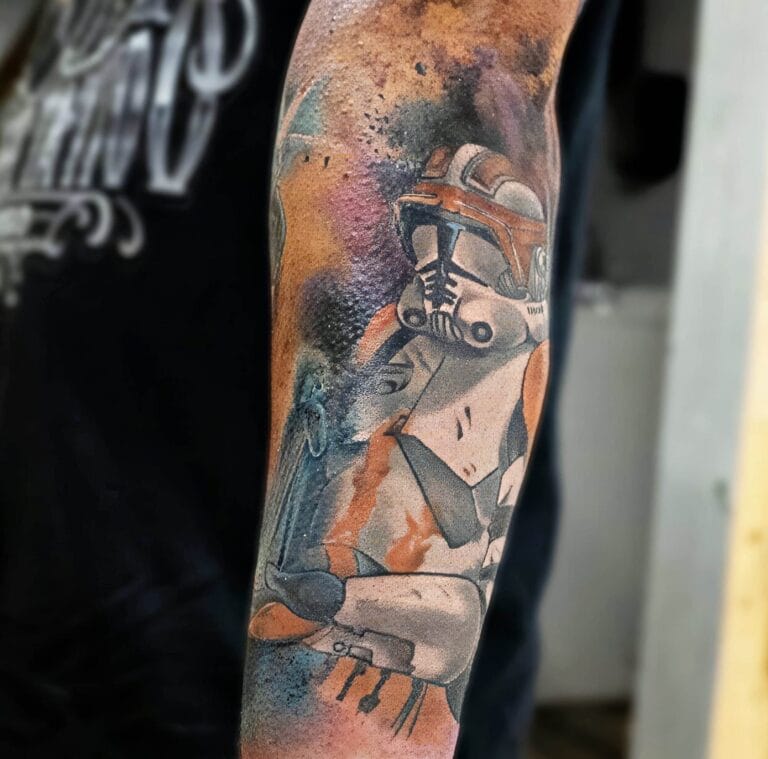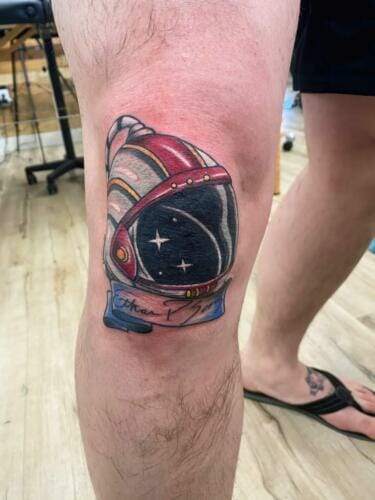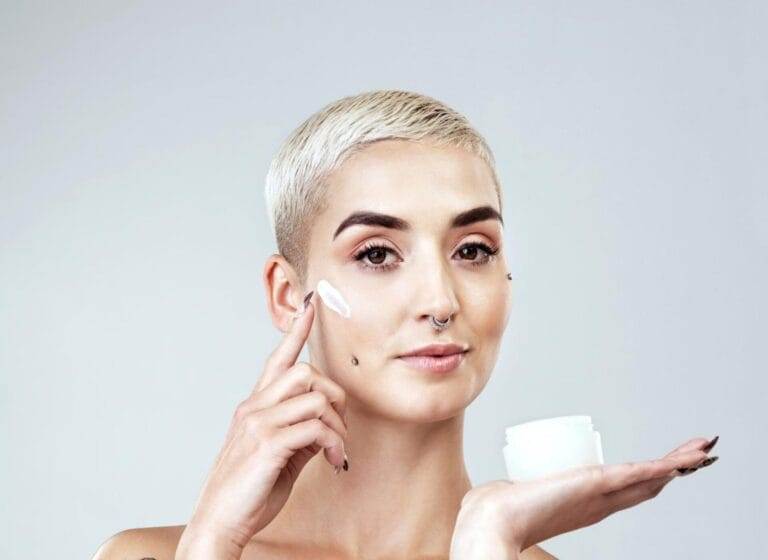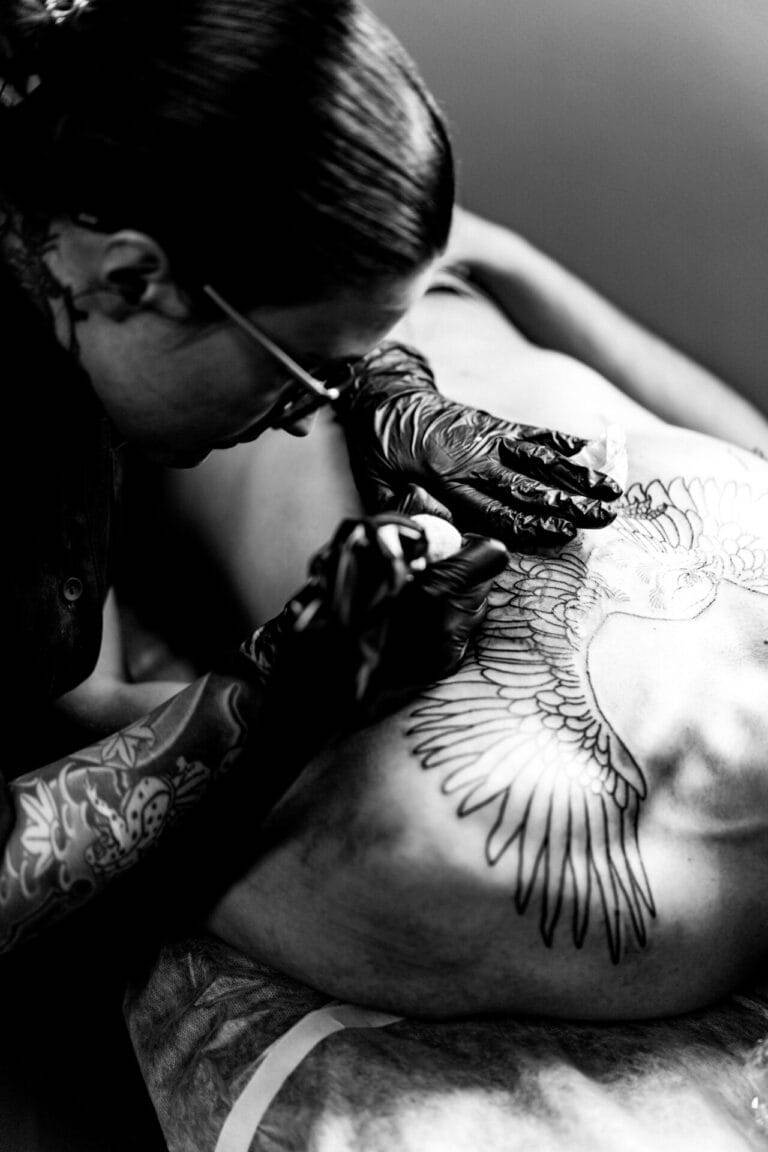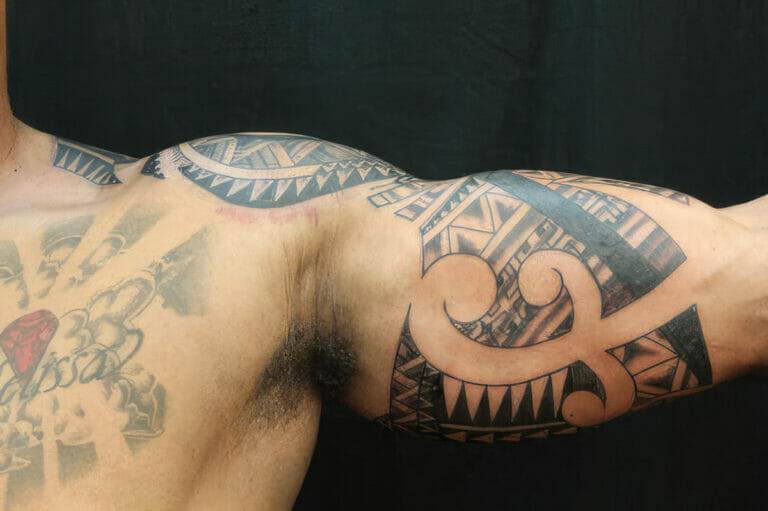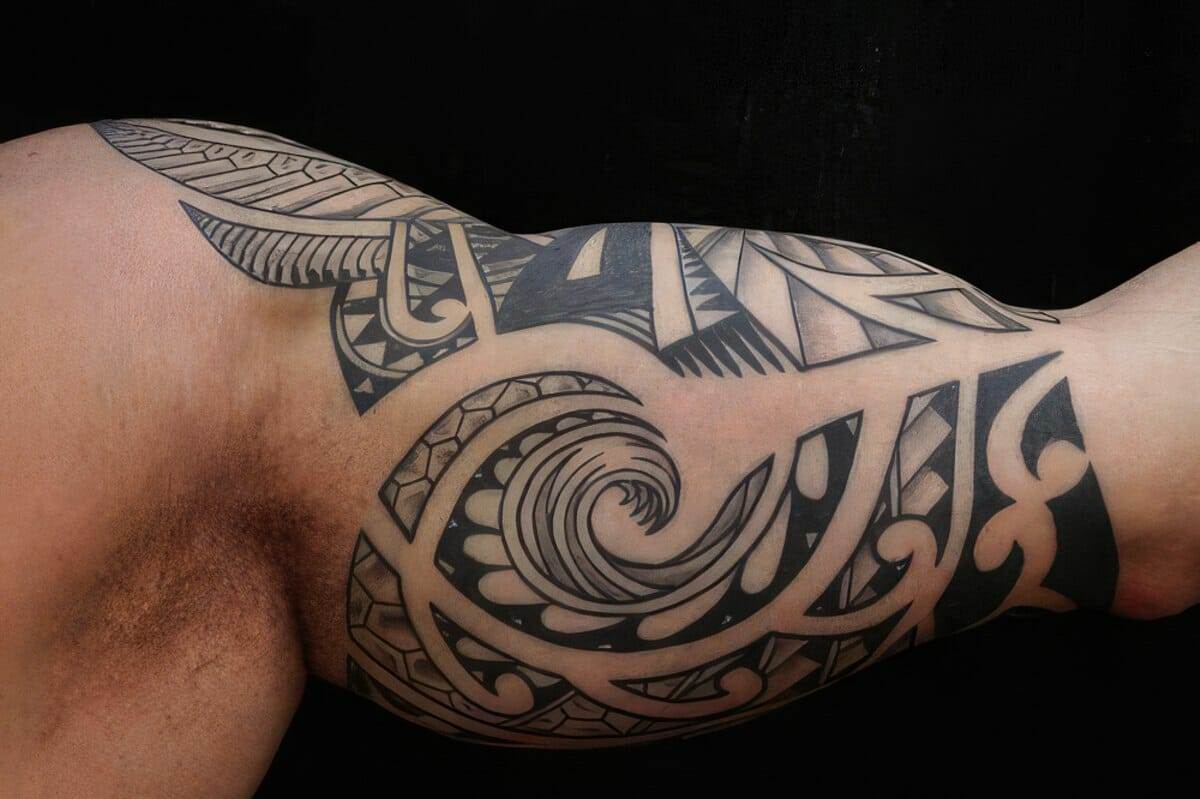
Understanding the Risks of Unsafe Tattoo Practices
Tattoos can be a beautiful form of self-expression; however, it is crucial to acknowledge the potential risks linked with unsafe tattoo practices. Many individuals overlook these risks in the excitement of acquiring their new body art. Understanding the health implications can help keep enthusiasts safe and ensure that their experience is positive and gratifying.
Common Health Risks
When choosing to get a tattoo, one must remain aware of various health risks that can ensue from unsafe practices. Some common health complications include:
- Infections: Unsterilized equipment can introduce bacteria into the skin, possibly leading to infections that may require medical treatment.
- Scarring: Improper techniques can lead to excessive scarring, making the tattoo less aesthetically pleasing over time.
- Bloodborne pathogens: The risk of transmission of diseases such as Hepatitis B, Hepatitis C, and HIV is elevated if tools used in tattooing are not properly sanitized.
It’s important to remember that ensuring a safe environment significantly contributes to one’s health and safety.
Allergic Reactions
One of the most alarming risks that might not be immediately apparent is the possibility of allergic reactions to tattoo inks. In some instances, individuals may develop an allergic reaction long after receiving the tattoo. This can manifest as rash-like symptoms, itching, or swelling in or around the tattooed area. Here are several noteworthy points regarding allergic reactions:
- Ink Composition: Many inks contain a mix of synthetic pigments, metals, or other chemicals that could provoke allergies. Colors such as red, yellow, and green are often cited as common culprits.
- Delayed Reactions: Symptoms may not surface until weeks or even months following the tattoo application, catch individuals off guard when they least expect it.
- Managing Reactions: If you suspect an allergic reaction, it is crucial to consult a healthcare professional. They can provide appropriate treatments such as antihistamines or topical steroids to alleviate symptoms.
To minimize the risk of allergic reactions, individuals can take proactive measures:
- Patch Test: Ask the tattoo artist if they can conduct a patch test using their inks before proceeding with the full tattoo.
- Research Ingredients: Understand the inks’ ingredients used by the tattoo artist, and seek out brands known for hypoallergenic properties.
Being informed about these health risks can empower individuals to make safer choices on their tattoo journey. Knowledge in this context becomes a powerful ally in avoiding potential pitfalls and ensuring that the experience remains special and enjoyable. As we delve deeper into this topic, it becomes increasingly clear that thorough research and careful attention to cleanliness and safety protocols are paramount in achieving a safe tattooing experience.
Importance of Researching Your Tattoo Artist
Once individuals are aware of the risks associated with unsafe tattoo practices, it becomes imperative to focus on finding a qualified tattoo artist. This decision can significantly impact the overall safety and outcome of the tattoo. Researching a tattoo artist is a vital step in this journey, involving a careful evaluation of their qualifications, experience, and artistic style.
Qualifications and Experience
When it comes to tattoos, not all artists are created equal. The qualifications and experience of a tattoo artist play an essential role in ensuring that the procedure is done safely and accurately. Here are several factors to consider:
- Licensing: Look for artists who hold the necessary licenses and certifications required by the local health department. This ensures compliance with regulations designed to maintain safety standards.
- Training: Many top artists undergo extensive training, often learning from seasoned professionals. An artist with formal training is more likely to be well-versed in safe practices.
- Era of Experience: Consider how long the artist has been in the industry. While newer artists can be skilled, those with years of experience often have a deeper understanding of client needs and technical execution.
Always ask the artist about their background and training. A reputable tattoo artist will likely have no problem discussing their journey and qualifications.
Portfolio Review
When searching for the right tattoo artist, reviewing their portfolio can provide invaluable insights into their skill set. A portfolio serves as a visual testament to the artist’s style and expertise. Here’s how to effectively evaluate an artist’s portfolio:
- Diversity of Work: Look for variety in styles—floral, abstract, realism, etc. A versatile artist is often capable of adapting to various designs, allowing you to choose something that resonates with your style.
- Consistency in Quality: Pay attention to the overall quality of the work. Are the lines clean? Is the shading consistent? Quality work reflects an artist’s skills and attention to detail.
- Client Satisfaction: If possible, read reviews or testimonials from previous clients. Their experiences can offer a glimpse into the artist’s professionalism and reliability.
- Social Media Presence: Many artists showcase their work on platforms like Instagram or personal websites. Browsing their online presence can help you further understand their artistic style and current projects.
By taking the time to research qualifications and review portfolios, individuals equip themselves with essential knowledge. This not only enhances the likelihood of a successful tattoo experience but also fosters a sense of trust and comfort with the artist. As the tattoo journey continues, feeling secure with one’s choice will ultimately contribute positively to the entire process, from the initial consultation to the final reveal. It’s all about creating a bond between the client and the artist that is grounded in safety, skill, and understanding.

Sterilization and Hygiene Practices in Tattoo Studios
Having established the importance of thoroughly researching a tattoo artist, the next crucial aspect revolves around the sterilization and hygiene practices employed within tattoo studios. Proper sterilization and sanitation protocols are fundamental to ensuring a safe tattooing experience. The cleanliness of the environment directly influences the risk of infections and other health complications, making it a top priority for anyone contemplating body art.
Equipment Sterilization
Before a needle ever touches the skin, it is essential to ensure that all equipment used during the tattooing process is sterile. Here are some key points to consider:
- Autoclaves: Reliable tattoo studios use autoclaves to sterilize reusable equipment. An autoclave is a machine that uses high-pressure steam to eliminate bacteria, viruses, and spores, ensuring that tools like needles, grips, and ink caps are completely clean.
- Single-use Equipment: In many cases, reputable artists will employ single-use, disposable equipment. For instance, needles and ink cups should always be new for each client. This practice significantly reduces the risk of cross-contamination.
- Storage: Proper storing of sterilized tools is also essential. They should be kept in a clean and sealed environment until it’s time for use.
Before starting the tattoo session, patrons should take a moment to observe the artist’s setup. A clean workspace with the presence of sterilized instruments can be a reassuring indicator of the studio’s dedication to hygiene.
Sanitation Protocols
Beyond equipment sterilization, tattoo studios should have comprehensive sanitation protocols in place to ensure the safety and health of clients. Here’s what individuals should expect:
- Workspace Cleaning: Before starting any tattoo procedure, the artist should clean the workspace using an appropriate disinfectant that meets health safety standards. This includes wiping down all surfaces where the tattooing will occur.
- Hand Hygiene: Artists should wash their hands thoroughly and use hand sanitizer before wearing sterile gloves. Frequent changing of gloves, especially after touching non-sterile surfaces, is vital in maintaining hygiene.
- Client Preparation: Before the tattoo begins, the skin area should be cleaned with an antiseptic solution to reduce the presence of bacteria. Artists should also explain these hygiene steps to the client, creating transparency about the procedures in place.
In addition to these practices, it’s wise for clients to feel empowered to ask questions about the studio’s sanitation protocols. A conscientious artist will appreciate the inquiry, demonstrating a commitment to safety. By understanding sterilization and sanitation practices, individuals can help ensure their experience in the tattoo studio is positive and safe. Overall, the combination of equipment sterilization and meticulous sanitation protocols establishes a foundation of safety in tattoo studios. Clients can take comfort in knowing that they are actively participating in their health and well-being—an essential aspect of any tattoo journey. With this knowledge, individuals can approach their tattoo experience with confidence and peace of mind.
Communication with Your Tattoo Artist
Following a solid understanding of sterilization and hygiene practices, clear communication with your tattoo artist emerges as a vital component of the tattooing experience. It not only enhances trust but also ensures that your expectations align with what the artist can deliver. Open lines of communication allow for a more comfortable process, reducing anxiety and increasing satisfaction.
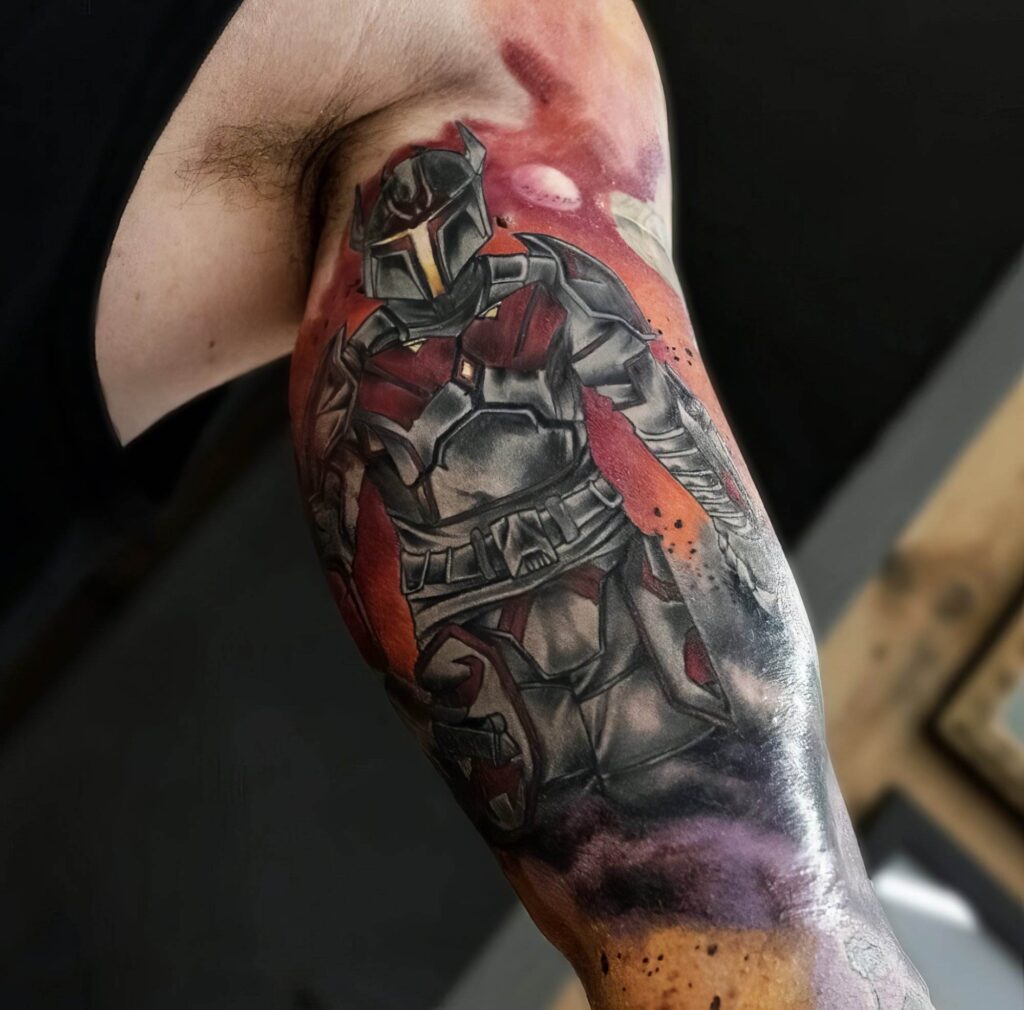
Voice your Concerns
One of the most important elements of a successful tattoo experience is the ability to voice concerns. Tattooing is a personal process, and no question or worry is too small. Here are ways to effectively communicate any thoughts or concerns with your artist:
- Pre-Tattoo Consultations: Most tattoo artists encourage consultations before the tattoo session. Use this time to discuss your design, placement, and any apprehensions you may have. Sharing your feelings upfront will help the artist to address your concerns directly.
- Specific Questions: Don’t hesitate to ask detailed questions about the tattooing process. For instance:
- What type of ink will be used?
- How long can I expect the session to last?
- What is your experience with this specific design?
- Allergies and Sensitivities: If you have known allergies or skin sensitivities, be sure to discuss these with your artist. This information is crucial for their planning and can help avoid potential reactions.
- Discuss Pain Levels: Many individuals worry about the pain associated with tattoos. Share these concerns, and the artist can provide insights or techniques to help manage discomfort during the process.
Encouraging an open dialogue will allow the artist to tailor the experience to your needs, fostering a supportive environment throughout.
Understanding the Process
In tandem with voicing concerns about your tattoo, understanding the tattooing process itself can alleviate fears and enhance the overall experience. Here are key facets of the process to consider:
- Design Creation: Knowing that your design is a collaborative effort can be empowering. Artists often welcome input during this phase and will work with you to achieve the final look you want.
- Tattooing Procedure: Familiarize yourself with what occurs during the session. For example, understanding that the artist will start with a stencil can demonstrate how the image will be applied on your skin prior to inking. This step allows for adjustments and final approval.
- Aftercare Instructions: Proper aftercare is crucial for tattoo healing. Before leaving the studio, ask the artist about aftercare suggestions. Knowing how to care for your new tattoo can prevent infections and enhance the design’s longevity.
- Healing Process: Understanding that healing takes time and that your tattoo may change during this phase can manage expectations. Delve into what to watch for regarding healing abnormalities and when to seek advice.
By actively participating in the conversation, clients equip themselves with valuable information that contributes to a more transparent and reassuring tattoo experience. Ultimately, clear and effective communication lays the foundation for a positive relationship between the client and the artist. This foundation not only fosters mutual respect but also cultivates creativity, leading to a tattoo that truly resonates with the individual’s identity and values.
Aftercare Instructions for Tattoo Safety
Having navigated the journey of choosing the right artist and preparing for the tattooing process, the final yet crucial element lies in aftercare. Proper aftercare is fundamental to ensuring that your tattoo heals correctly, maintains its vibrancy, and minimizes the risk of complications. By adhering to a few key aftercare instructions, individuals can achieve the best results from their new body art.
Proper Healing Techniques
After getting a tattoo, the first step toward proper healing begins immediately. Here are some essential healing techniques to follow:
- Keep It Covered: For the first few hours or as directed by the artist, keep your tattoo covered with a sterile bandage. This initial protection helps to shield it from bacteria and friction.
- Gentle Washing: Once it’s time to remove the bandage, gently wash the tattoo with mild soap and lukewarm water. Avoid using abrasive materials or scrubbing the area. The goal is to cleanse without irritating the skin.
- Moisturize: After washing, pat the tattoo dry with a clean towel and apply a thin layer of fragrance-free moisturizer or specialized tattoo aftercare ointment. This helps to keep the area hydrated and promotes healing.
- Avoid Picking: As the tattoo heals, it may start to scab or peel, which is normal. Refrain from picking at scabs or scratching, as this can lead to scarring and affect the design’s integrity.
- Sun Protection: Once your tattoo has healed, apply sunscreen to protect it from UV rays. Exposure to the sun can fade colors and damage the artwork. Consider wearing clothing to shield the tattoo, especially in the healing stage.
Providing proper care during the healing process helps ensure that the tattoo looks as beautiful as when it was applied.
Avoiding Infections
Infections can be a significant concern following a tattoo. By following proactive measures and recognizing signs of infection, individuals can safeguard their healing tattoos effectively:
- Hygiene: Always wash your hands before touching your tattoo or applying any aftercare products. Use hand sanitizer if soap and water aren’t readily available.
- Monitor for Symptoms: Keep an eye out for signs of infection, which may include:
- Excessive redness or swelling around the tattoo
- Pus or unusual discharge
- Fever or chills
- Avoid Water Exposure: During the healing period, avoid submerging the tattoo in bodies of water such as lakes, pools, and hot tubs, as they can introduce bacteria. Showers are acceptable, but limit direct water exposure to the tattoo.
- Loose Clothing: Wear breathable, loose-fitting clothing over the tattoo to prevent friction and allow it to breathe. Tight clothing can irritate and trap moisture against the skin, increasing the risk of infection.

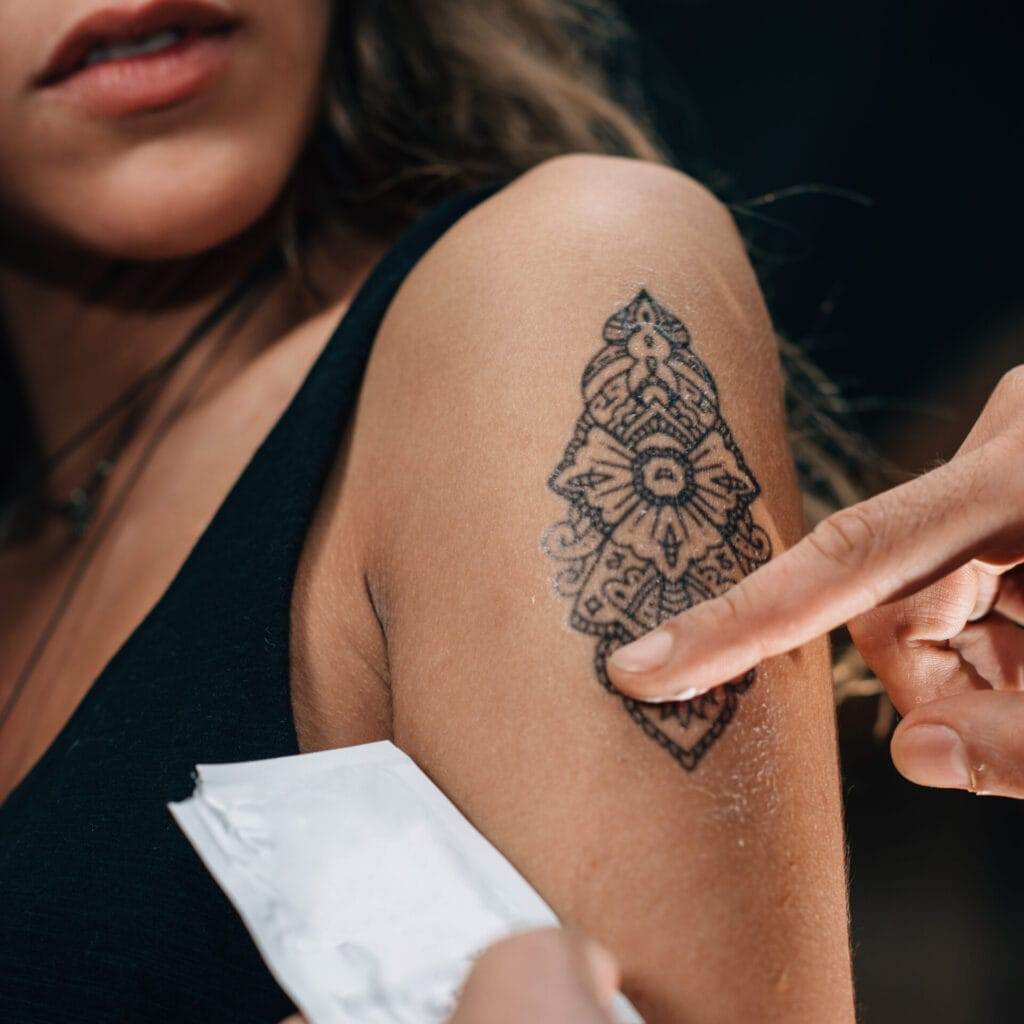
Engaging in proper aftercare fosters a favorable environment for the tattoo to heal nicely. Understanding and implementing these techniques not only protects the artwork but also contributes to the overall well-being of the individual. In conclusion, being diligent in aftercare is as essential as the steps leading up to getting a tattoo. With the right care, individuals can enjoy their body art for years to come, ensuring it remains vibrant and meaningful. Taking the time to prioritize healing allows for a seamless transition from the anticipation of getting inked to the joy of showcasing a beautifully healed tattoo.

